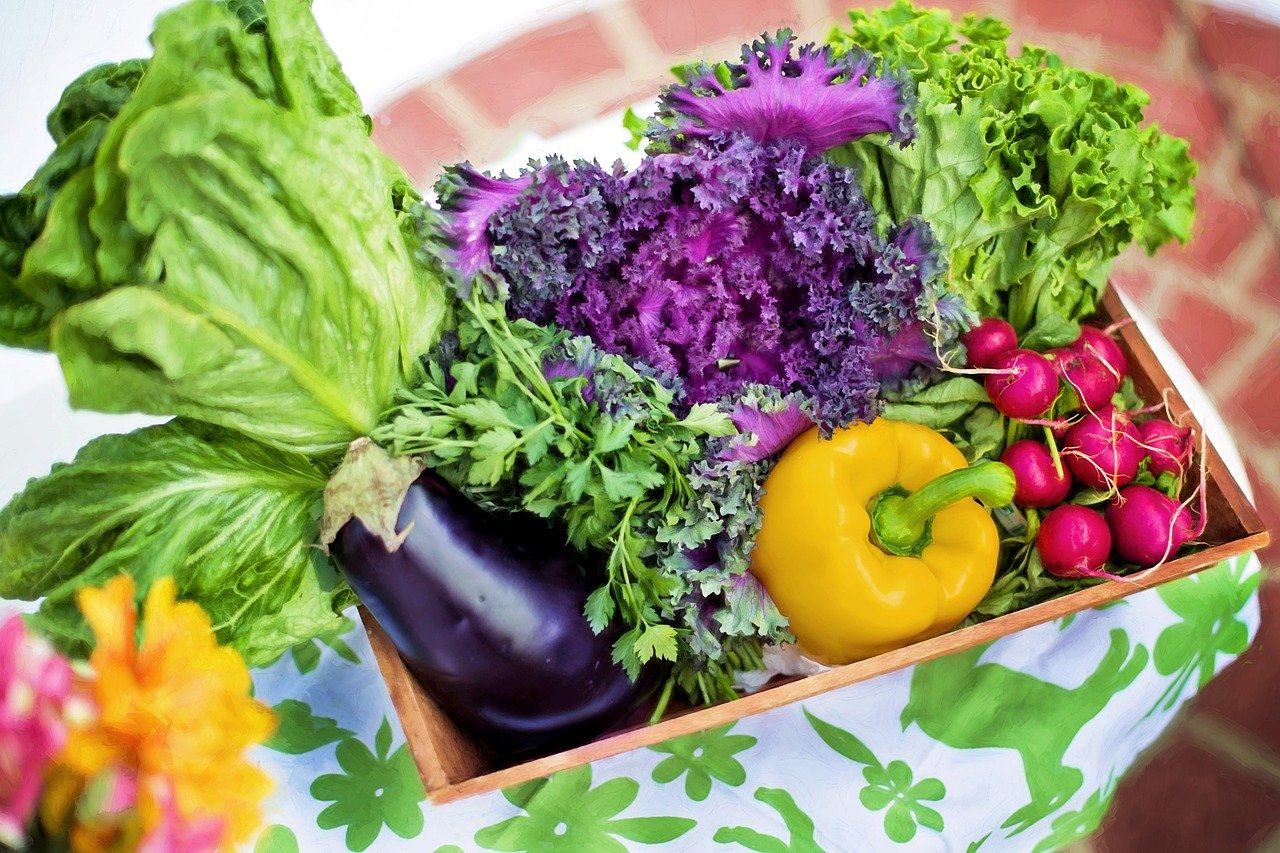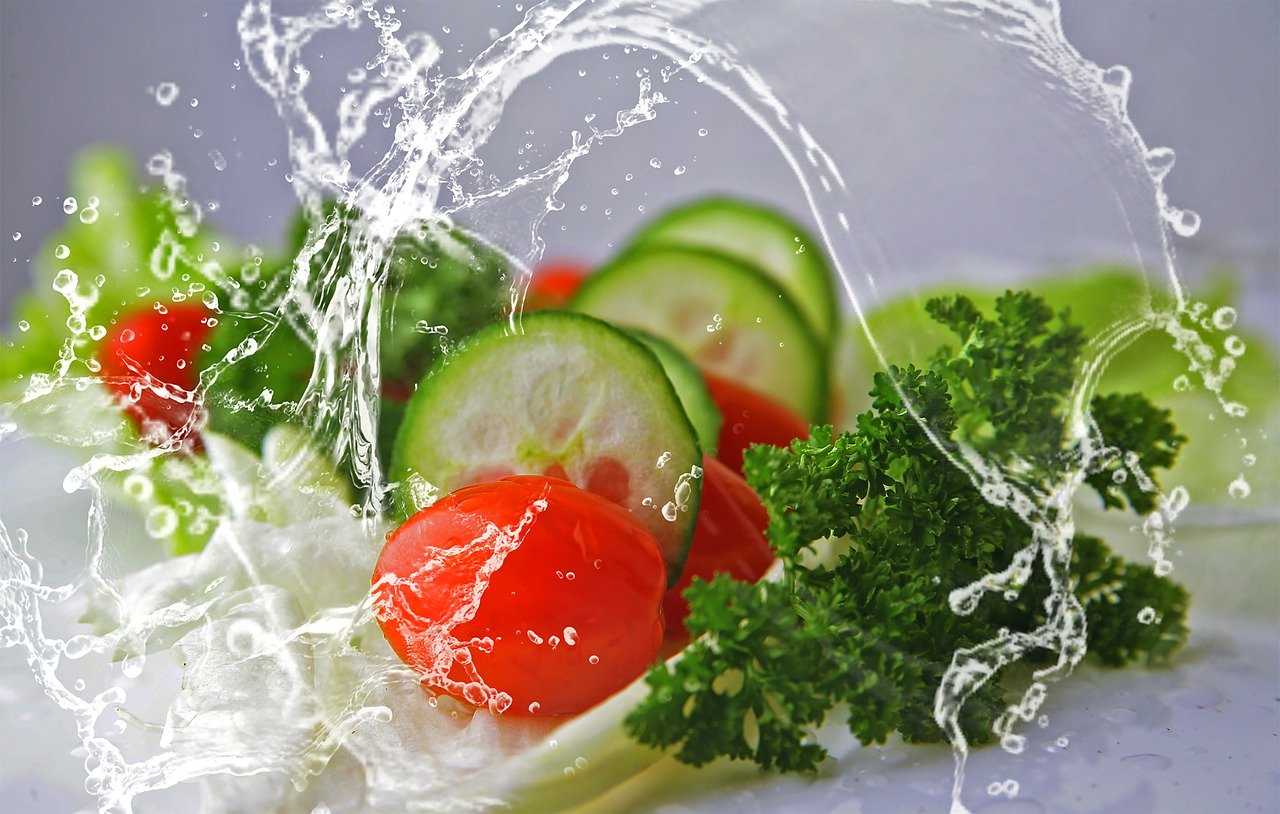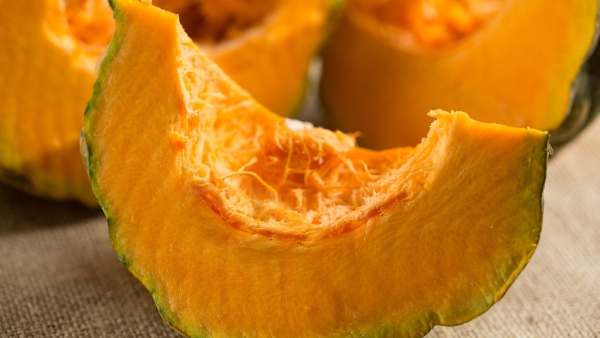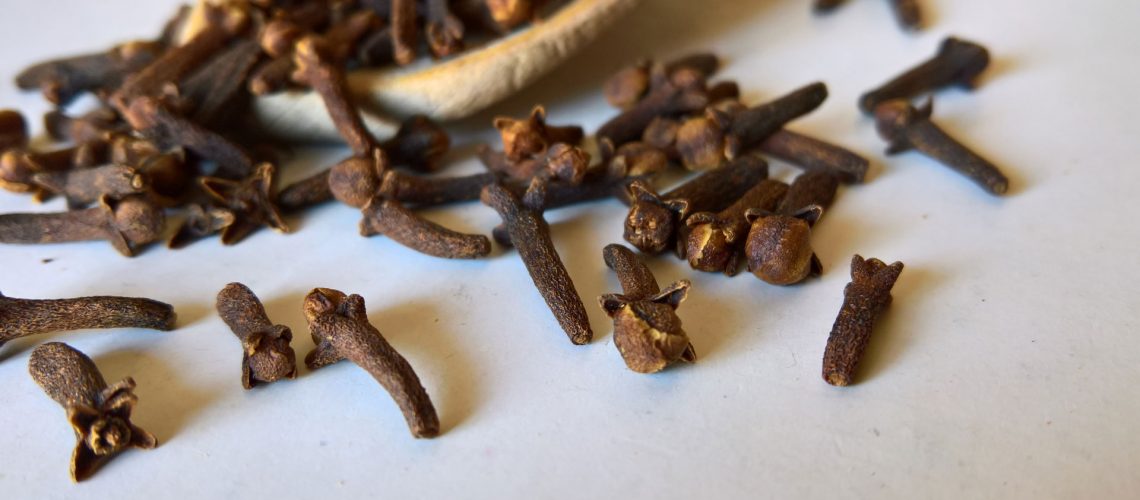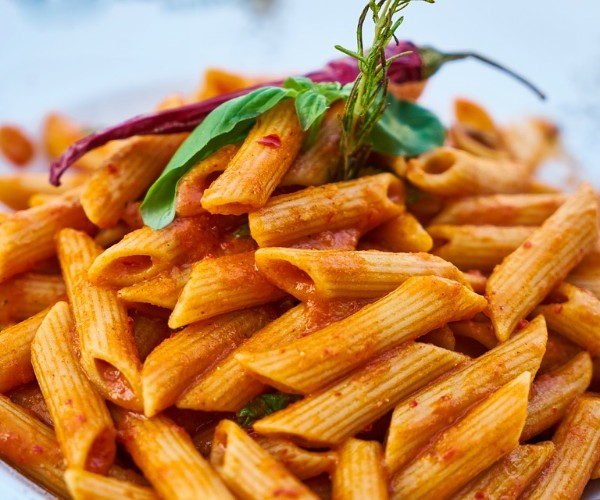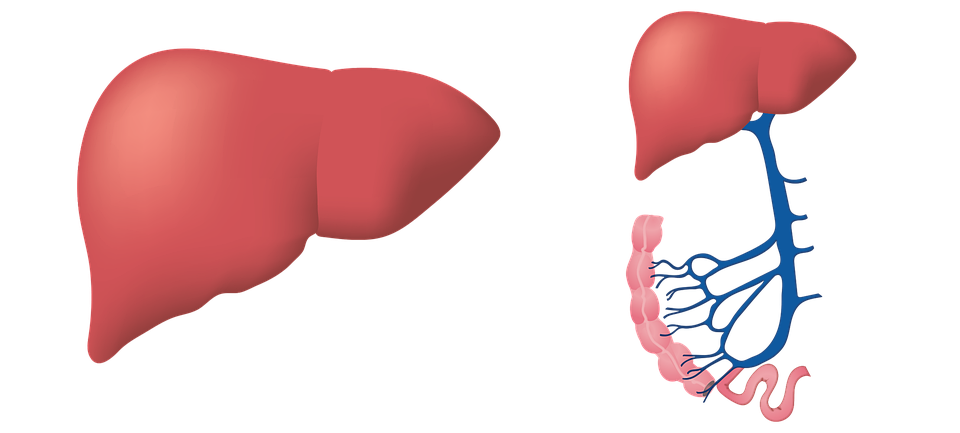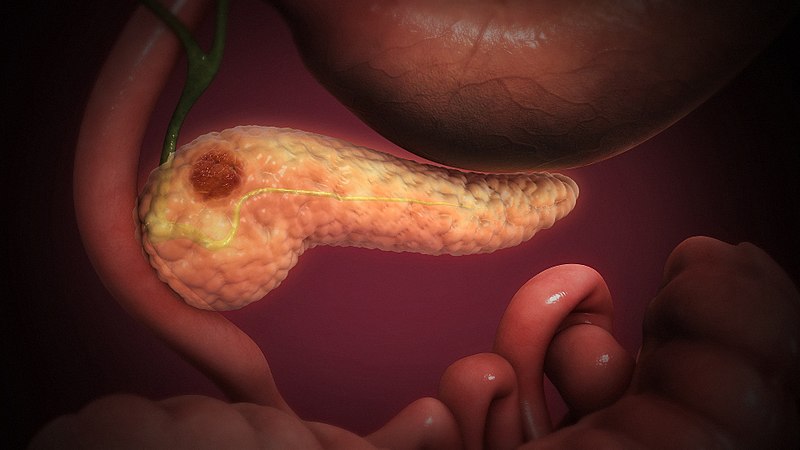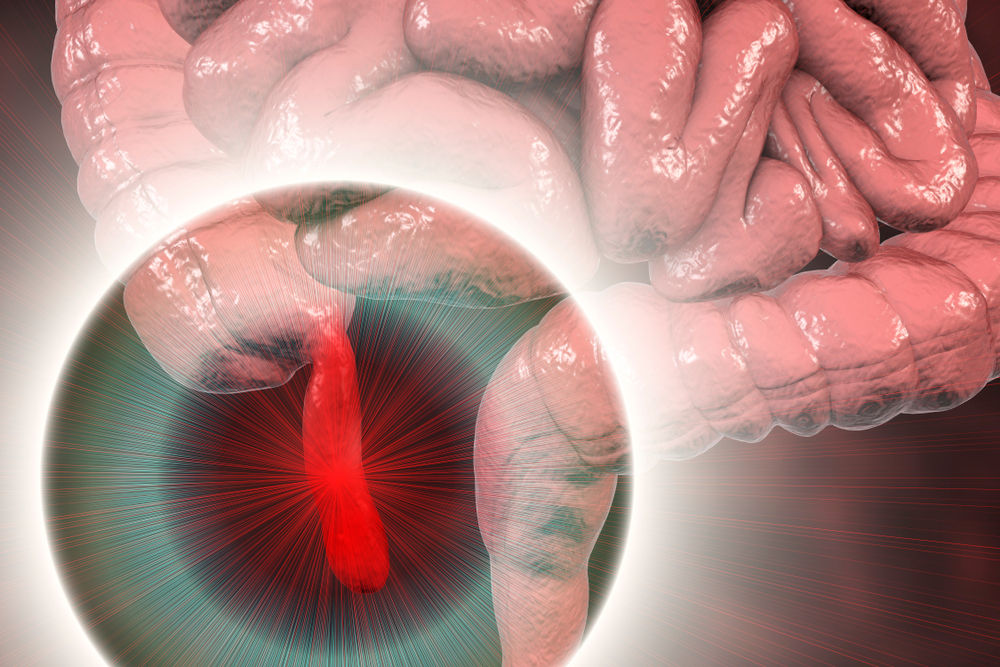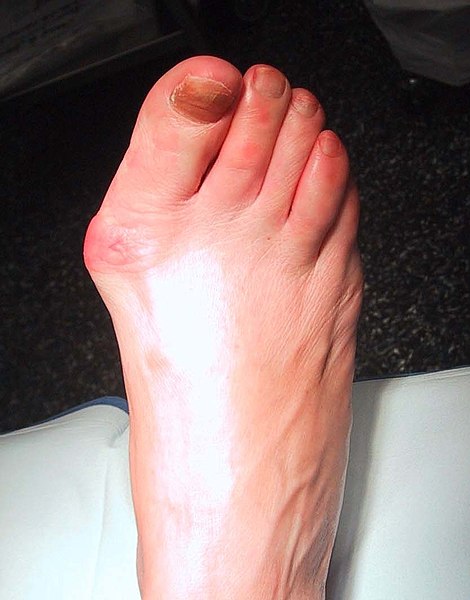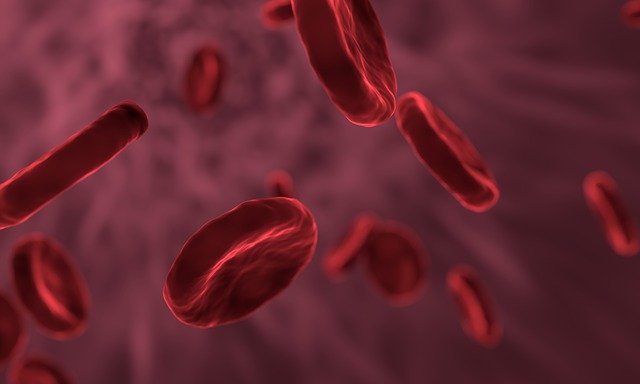Don’t be fooled, cloves have nothing to do with the flowers whose name they bear or even with allspice, also called allspice. They owe their name precisely to their shape: similar to that of a nail at the elongated end, with the top vaguely resembling a carnation instead. It is a drug (spice) of Asian origin, ‘mysteriously’ arrived in Europe, used in cooking for the preparation of sweets and savory dishes, which has also been recognized as having therapeutic properties since ancient times.
Scientific name. We popularly know them as cloves, but it has little to do with the botanical name. In fact properly we should call them Eugenia caryophyllata. or “Syzygium aromaticum,” Around the name, however, there is a bit of mystery: in fact, it is derived from Eugene of Savoy Carignano, an 18th-century Habsburg particularly dedicated to the sciences, who named it after him, as well as the fact that this spice contains eugenol, a propenylphenol that accounts for up to 80 percent of the essential oil, which is extracted from the leaves and gives the particular strong, intense and spicy aroma, but also sweet and fragrant. Qualities that have made cloves prominent in many recipes, herbal uses, in cosmetics and domestic uses.
Origins. They are oriental, it is in fact a plant in the Myrtaceae family, like the Sardinian myrtle for example, which is traced back to the “Spice Islands”: the Moluccas, in the Indian Ocean. These were long subjected to colonial rule by the Portuguese and Dutch, who imposed a kind of monopoly and prevented this precious spice from being reproduced elsewhere. In the late 1800s, the first clove plants began to be exported to exotic places such as Zanzibar Island, the West Indies archipelago, and Mauritius. Today this spice is cultivated in tropical areas of South America, Africa and Asia. In Italy, since it likes very mild and sheltered climates, it can be grown in full soil in the south and in pots in the north. But there is also another theory that holds that cloves were discovered from Réunion by Pierre Poivre (1719-1786) and that he exported them to the colonies to be cultivated. They apparently arrived and spread in Europe in the 4th-5th centuries, only after the Crusades and among the wealthy classes.For centuries, as mentioned, they were marketed exclusively by Holland and Portugal, until the French smuggled some species that they planted in their own colonies, making them more accessible to all.
Appearance. It is a 10-15 m tall evergreen tree with a round crown composed of oval-lanceolate red leaves that tend to dark green as they grow. They present, in transparency, numerous translucent dots, rich in essential oil. The panicle-like inflorescences each consist of 20-25 crimson and yellow flowers. Cloves would be made from these very buds, once harvested (the best time is after the rainy season, when the flowers are pink) and left to dry in the sun.
Outreach. Widespread throughout the East, the earliest uses of cloves date back 2,200 years, in China used against halitosis, while the Egyptians used them for embalming. The first traces in the West date back to the 18th century BC. The ancient Romans used this spice for its antiseptic properties, especially to treat toothache, while in the Middle Ages it was widely used as incense. It was the Dutch and Belgians who developed a method to make essential oil from it, which is straw-colored and popular in cosmetics. Burning cloves served to purify a room of odors and, it is said, of all negativity-this belief still exists today.
Uses. They are varied: from food preparation to beverages, from products to body essences, to practical purposes. Here’s what you can do with cloves
- In the kitchen: Lends itself to the preparation of savory and sweet dishes. They give flavor to stews and stews, tomato ragouts and sauces, tongue and ham, meatloaf, and canned vegetables. Among the vegetables, onion, carrots but also pork loin can be used splint. They can be added in sweet-and-sour preparations, to vegetables in oil, broths and stews of meat and fish, or used to flavor aged cheeses or the jams to go with them, to sterilize marinades and salmis, or to give a spicy flavor to roasts, sausages. Having a very strong taste to give fragrance to the patties, only one will be needed. Among the ‘sweets,’ they are among the typical winter spices and used during the Christmas season used to flavor baked fruits, baked apples, creams, cakes, strudels, gingerbread, and cookies. Among beverages they are valued for wines and liquors. In Italy, for example, it is widely used in mulled wine, in the preparation of nocino or fruit cocktails, and in the preparation of teas and infusions. Finally, vanillin, used in confectionery preparations, can be extracted by synthesis from the essential oil, which is obtained from processing waste.
- Abroad, in the kitchen: In America cloves are used to make baked ham; in Britain they are essential in Christmas Pudding; in Germany they are used in spiced bread; in Scandinavian countries they flavor bread, cookies and fruit cakes; in India they are part, along with other spices, of Garam Masala (curry).
- In herbal medicine and cosmetics for the preparation of infusions, essential oils or even scented air fresheners.
Practical uses. Perhaps less well known are the qualities of cloves for domestic use where they can be used for various purposes:
- Burned in a barbecue, fireplace or brazier, they release the aroma into the air that erases bad smells.
- Half a lemon splinted in the cut part with cloves keeps flies away for 2-3 days.
- A whole orange splinted on the outside, wrapped in tissue paper and left to dry inside a box or drawer for a month, is an effective moth repellent, the so-called pomander.
- Four to five nails or 10 drops of essence placed in the water, replacing it every week, of radiator humidifiers scent the air.
- A few drops of clove essential oil sprinkled on the legs of tables will ward off puppy teeth and cat nails.
- Placed in a bowl they are a great deterrent to food moths while in closets they keep moths away as well as, of course, smelling good.
- According to some popular beliefs, cloves help attract money and good luck and would even protect against the evil eye.
- In Indonesia there are aromatic cigarettes that have cloves as one of their ingredients.
They are rich in good substances. Cloves contain fiber, flavonoids, tannins, triterpenes and volatile compounds including eugenol, a basic component of the essential oil and responsible for the analgesic power of this spice but also discrete amounts of beta-caryophyllene, a natural anti-inflammatory. On average, cloves contain about 275 calories per 100 grams.
Cultivation. The clove plant grows well in very humid and warm areas. It does not tolerate temperatures below 5°C well, nor does it tolerate direct sunlight, so in the North it should be sheltered in a warm greenhouse or porch from October to April. It likes a medium-textured soil, pH toward acid, which can be prepared by mixing universal potting soil with peat. If it is grown in pots, repotting in a larger container should be done every 2 years; geotextile fabric pots are preferred, which are very versatile and lightweight. Besides giving the advantage of being able to be moved indoors in the cold months, it keeps itself smaller and more ornamentally beautiful.
Irrigation and fertilization. Watering should be regular in summer, but not excessive. In other seasons, the plant should be watered only occasionally. It can be fertilized once/twice a year, in spring and fall, with organic fertilizer specifically for acidophilic plants, such as ground lupins.
***
Harvesting. The nails are harvested by hand one by one, before they hatch, at two times of the year, mid to late summer and then again in mid-winter. It should be done 1-2 days before flowering, when the calyces are well red. They must first be soaked in boiling water for a few minutes and then dried in the sun until, from being red that they were, they turn dark red, rough to the touch, lose two-thirds of their weight and, when crushed between the fingers, leave oily traces and give off the aroma. One tree produces an average of 3 kg of nails per year, which can be stored in airtight dark glass jars.
Alternatively, they can be purchased whole or pulverized, and can be kept in jars and tightly sealed and in the dark, even for up to a year. If whole, the color should not be too dark, as it indicates poor quality: drying was excessive or the flower buds were second-rate. Whenever possible, it is preferable to use spice from the (few) existing organic crops.







